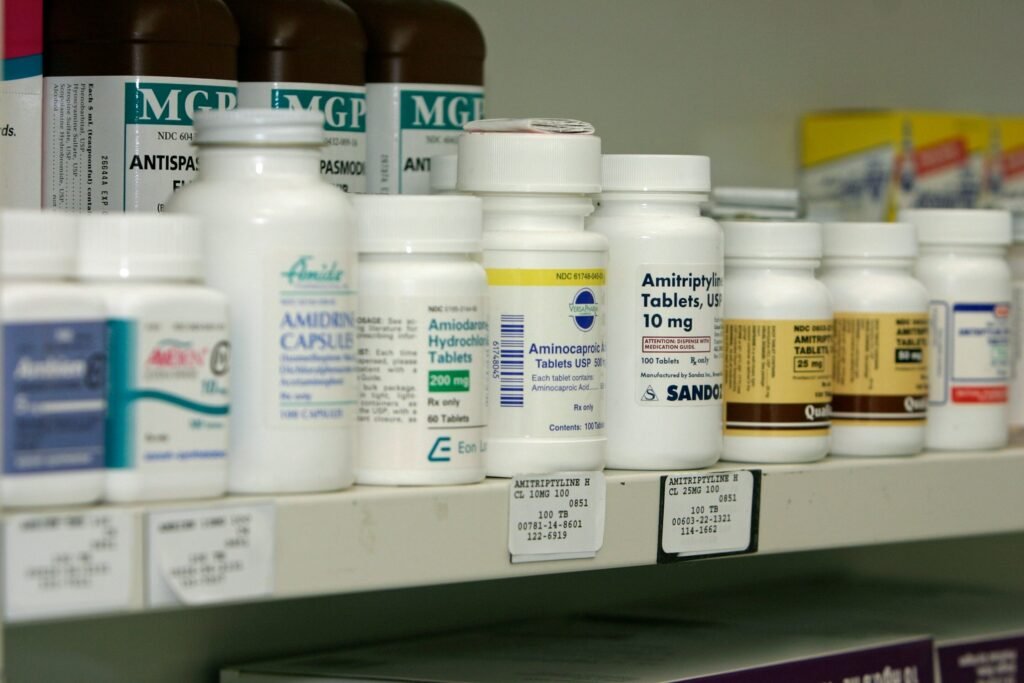It can take an average of 10 years and cost around $2.6 billion to develop a new drug, according to a study published in the Journal of Health Economics. This is due to the rigorous testing and regulatory processes that are in place to ensure the safety and efficacy of new medicines.
Australia vs the US
The United States has a reputation for approving drugs quickly, with the Food and Drug Administration (FDA) often being seen as more lenient in its approval process compared to other countries. The FDA offers programs such as Fast Track, Breakthrough Therapy, Accelerated Approval, and Priority Review to speed up the approval process for drugs that address unmet medical needs or provide significant benefits over existing treatments.
On the other hand, Australia’s Therapeutic Goods Administration (TGA) is known for its thorough evaluation process, which includes assessing safety, efficacy, and cost-effectiveness. While this may result in a longer approval timeline compared to the FDA, it ensures that only high-quality and effective medicines are approved for use in Australia.
The need for change
While critics may argue that Australia’s drug approval system is slow, it is important to prioritize patient safety and ensure that only safe and effective medicines are available to the public. Rushing the approval process could lead to the introduction of harmful or ineffective drugs, putting patients at risk.
However, there is always room for improvement in the drug development and approval process. Streamlining regulatory processes, increasing transparency, and fostering collaboration between regulators, industry, and healthcare providers could help accelerate the approval of life-saving medicines without compromising safety and efficacy.
Conclusion
Australia’s drug approval system may not be as fast as the US FDA, but it prioritizes safety and efficacy to protect the health and well-being of its citizens. While there is always room for improvement, it is essential to strike a balance between speed and thoroughness in the drug approval process to ensure that patients have access to high-quality and effective medicines.
By continuing to evaluate and refine the drug development pipeline and regulatory processes, Australia can continue to uphold its reputation as a leader in healthcare and pharmaceutical regulation.
Second, the regulatory processes in different countries can vary, and some countries may have more stringent requirements for approval than others. This can result in delays in getting a drug approved in certain countries, including Australia.
Third, the cost of obtaining approval in multiple countries can be prohibitive for some companies. They may choose to prioritize larger markets where they are more likely to recoup their investment quickly.
Despite these challenges, Australia has a robust regulatory system in place to ensure that medicines approved for sale are safe and effective. The TGA conducts thorough evaluations of all new medicines before granting approval, and continues to monitor their safety once they are on the market.
While the approval process in Australia may take longer than in some other countries, it is important to remember that this is done to ensure the highest standards of safety and efficacy for medicines available to the Australian public.
In conclusion, while the process of bringing a new drug to market is long and costly, it is essential to ensure the safety and efficacy of medicines before they are made available to the public. The high failure rate of drug development underscores the importance of thorough evaluation and regulation in the pharmaceutical industry.
Australia’s regulatory system plays a crucial role in this process, and while it may take longer for drugs to be approved here compared to other countries, the focus remains on ensuring the health and well-being of the Australian population.


